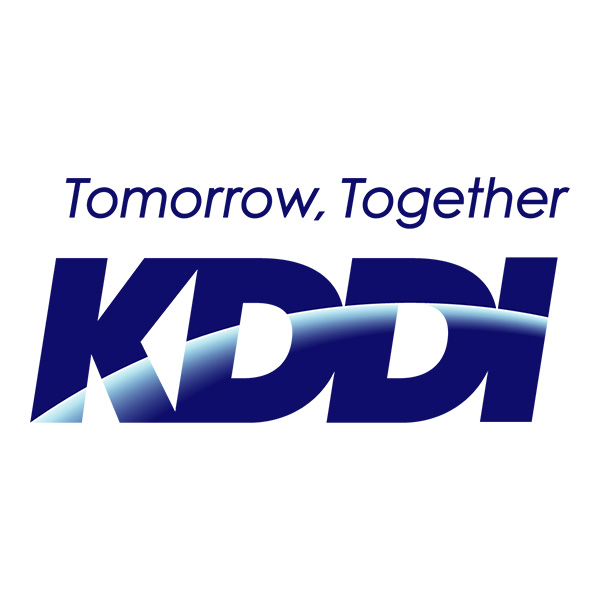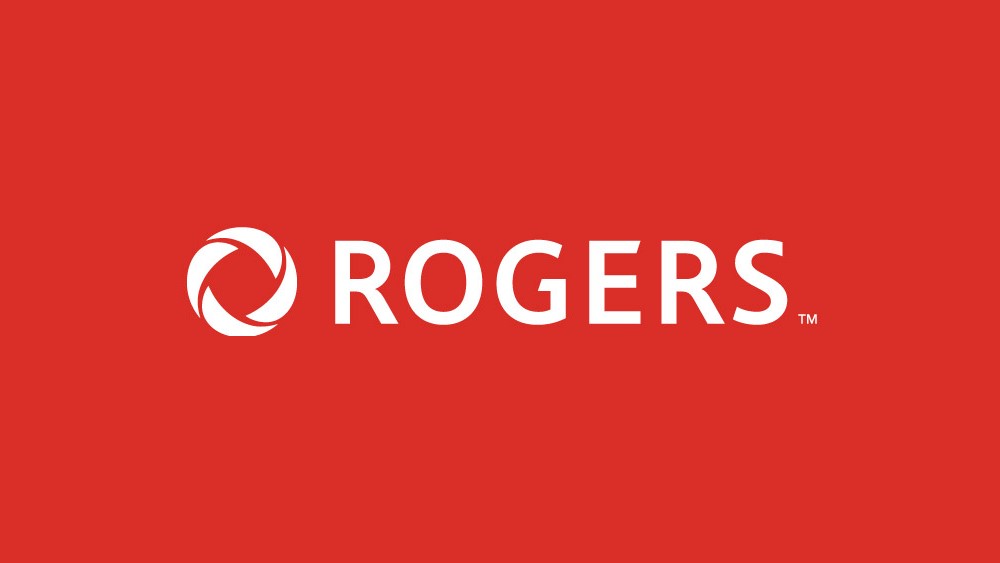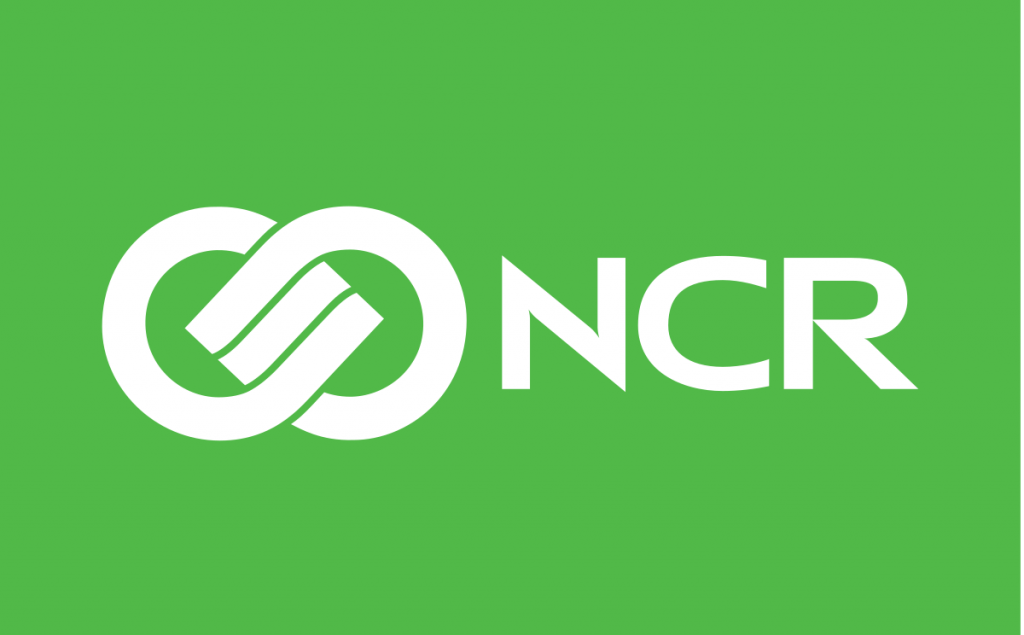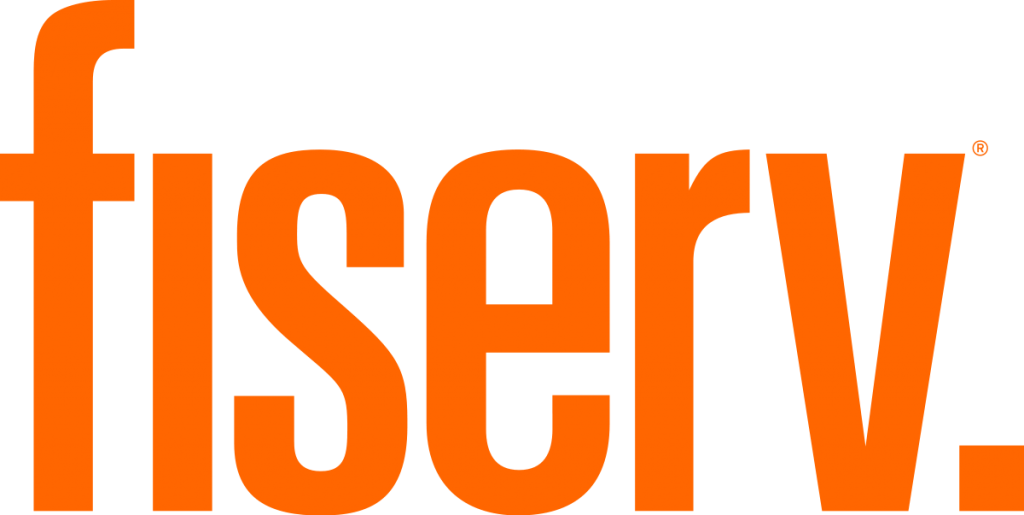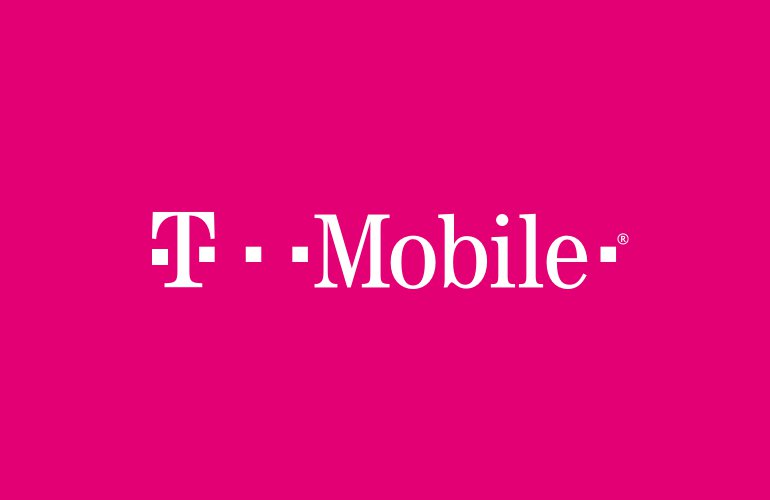KDDI – Born out of a merger with Kazuo Inamori’s DDI that revolutionized the Japanese mobile telecommunication industry
Japanese telecommunications organization called KDDI is known for providing cellular service in the country. It is born out of the merger of KDD, IDO, and DDI in 2000, renamed as KDDI. Headquartered in Chiyoda, Tokyo, the firm served various telecommunication services under various brands. Such as it has mobile cellular service under brand name au by KDDI, and international voice and data service are provided under the brand “an Hikari”. However, its brand-named au one net is related to ISP network services. In 2011, KDDI was in news for purchasing CDNetworks for big money.
KDDI backstory of foundation
Traces of KDDI’s establishment are found in the DDI’s history. DDA aka Daini Denden, founded by Kazuo Inamori shifted the focus on the cell phone business amid deregulation of the telecom industry of japan. That time, it got a golden chance to explore the business, the deal was to merge with KDD and IDO. So, that’s how it emerged as KDDI in 2000, and the Japanese witnessed the emergence second-largest telecom service provider in Japan.
Further exploration
Just after two years of merger, brand new KDDI boomed in the telecommunication industry of Japan. All get started with the launch of the 3G network, based on CDMA2000 1x technology. Thereafter, the firm launched the CDMA 1X WIN brand to provide EV-DO Rev 0 service. With this, the firm introduced fixed rated data subscriptions plans for the first time in Japan. It was the revolutionary step introduced in the Japanese telecommunication industry. Not only this but KDDI also launched the first carrier service with a data rate of 3.1Mbit/s in 2006. Prior to that, the firm also introduced a ringtone download service called Chaku Uta Full. More than 10 million full-length songs had downloaded through this service within six months.
KDDI also entered in wireless data services, with a brand called EZ. In fact, it is one of the successful service ranges enabled by KDDI. The firm never limits the business to specific services, rather it has plunged into a variety of telecom services as per the need. This strategy leads to the continual growth of KDDI. One of such examples of this strategy is reflected in an agreement sign with the Myanmar state. As per the agreement, KDDI along with one more partner can operate mobile phone service in Myanmar from July 2014 till the next 10 years. As well, it has set consumer showroom called KDDI Designing Studio. It also became a partner with Ericsson to develop 5G technology that will be delivered in near future.
Other Services and Products
Being 2nd largest cellular operator in Japan, it has acquired many customers in the country. With affordable cellular plans and fixed data rates, it also has numerous 3G subscribers in the region. Apart from that, KDDI has also developed applications for its customers, like its Mapion Local Search. It is pointing local search application launched in 2006. It was the first-ever such kind of application introduced in Japan, powered by GeoVector. Another well-known product of KDDI is Media Skin. A brand-new designer phone which also displayed at the Museum of Modern Art, New York. Later on, in 2007, the firm started selling Media Skin.
Glimpse to Masterminds involved in KDDI Success
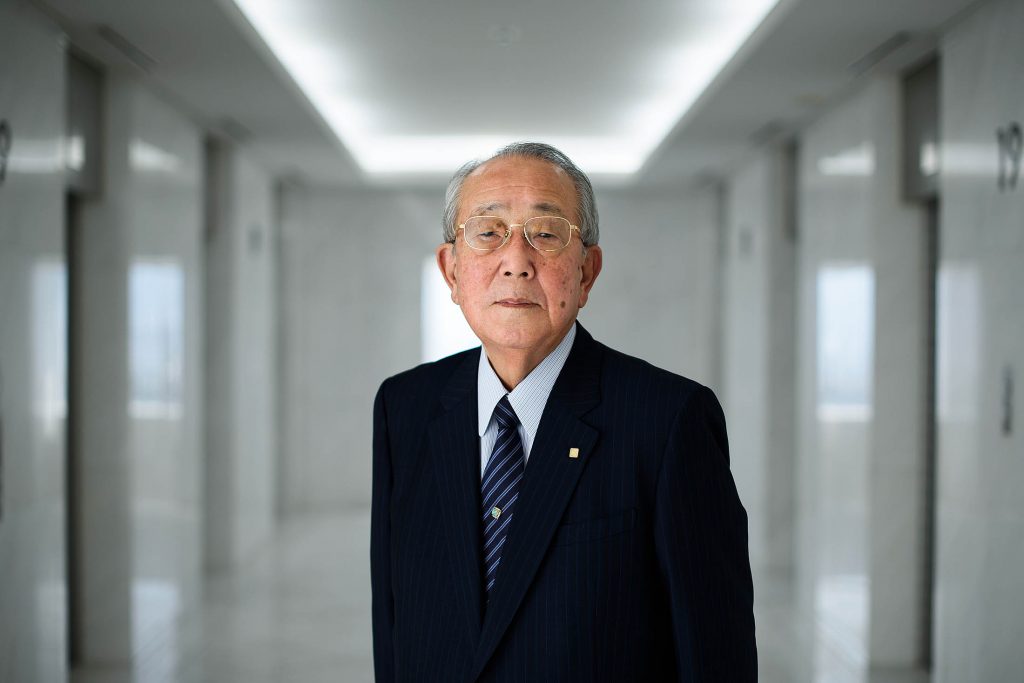
Kazuo Inamori
Born in 1932, Inamori is a well-known businessman, philanthropist, and entrepreneur hailed from Japan. Apart from founding KDDI, he also helped in the foundation of Kyocera. As well, he served as a chairman at Japan’s airlines.
Early life and Career
Graduated from Kagoshima University, Inamori worked at Shofu industries as a researcher in his early career. At that time, he was part of many important developments in the telecommunication sector. For example, the development of high-frequency insulator components. With his colleagues, he also set Kyoto Ceramic later renamed Kyocera.
Well, this was the period when he created his very own Amoeba Management system for the company’s profit. In 1984, after deregulation of the Japanese telecom sector, he set up Daini Denden(DDI) Which later on became KDDI. Apart from industrial reforms, he also served as the international advisor of Goldman Sachs Group. As well, he became Japan Airlines CEO at the age of 77.
Trimuph of Kazuo Inamori
He has been honored with many prestigious awards for his industrial as well as social work. Apart from that several Universities awarded him Honorary Doctorate. Some of the renowned awards of Mr. Kazuo are International Citizens Award (2011), and Othmer Gold Medal, 2011. Recently, in 2019, he has been honored as an honorary Knight Commander of the Order of the British Empire.
Takashi Tanaka
He is the present CEO at KDDI since 2018. Tanaka also one of the board members at Okinawa Cellular Telephone Co. In his early career, he served as Chairman for UQ Communications, Inc.

Jayshri is an Electronics Engineer, but her passion towards writing made her to be in this field. Apart from content writing, she loves reading, writing and surfing on various topics. In her free time, she likes to watch TV series and news. Sherlock Holmes is her all time favorite show. Jayshri loves cooking various Indian-western dishes.
